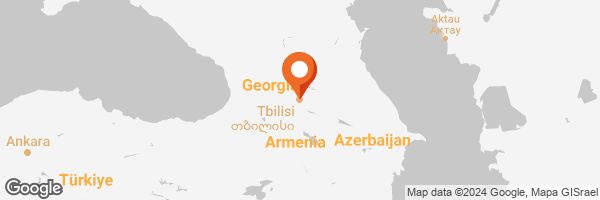
Hello everyone. On the second day of our trip to Tbilisi, we got ready and headed towards the city center. It was a busy day ahead, as we wanted to see as much as possible. Tbilisi was quite hot, at least 30°C that day. But thankfully, it wasn’t raining and the weather was clear and beautiful.

The streets were lined with souvenir shops and stalls selling tourist items. In the old town, you can find something interesting at every corner. As we walked towards the cable car, we reached an area with a park, a bridge and lots of flowers. Tbilisi is such a green city and it feels like flowers are blooming all the time in summer, even roses. From here, you could also buy tickets for tour buses or open-top vehicles.

We purchased a card for the cable car. It cost 2 GEL and we paid 12 GEL for four rides. The cable car cabins moved quickly, so you had to step in promptly. The cabins are tinted to protect from the sun and as we traveled along the river, we enjoyed breathtaking views of the city.
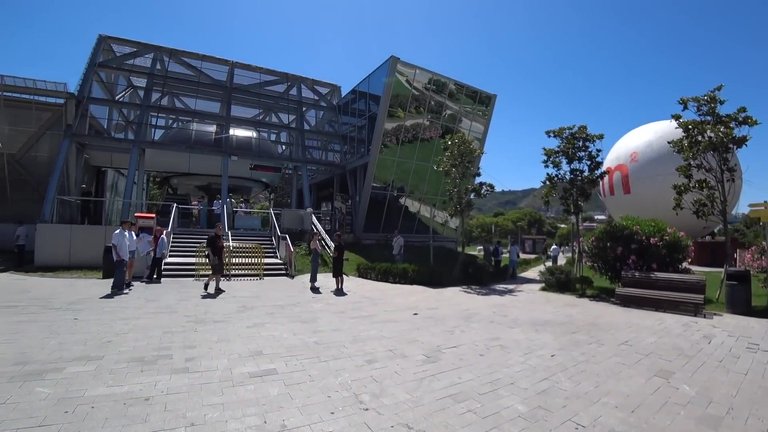
The cable car ride up was so fast that we barely noticed it. It lasted a maximum of five minutes, but the views were amazing. Tbilisi stretched out like it was in the palm of our hand. From above, you could clearly see the panoramic view of the fortress, the Kura River, the mountains, the old town and the surrounding nature. This is where the tourist area begins, with many shops selling souvenirs like magnets, mugs, Georgian plates and various trinkets. You can also use binoculars to fully enjoy the scenery.

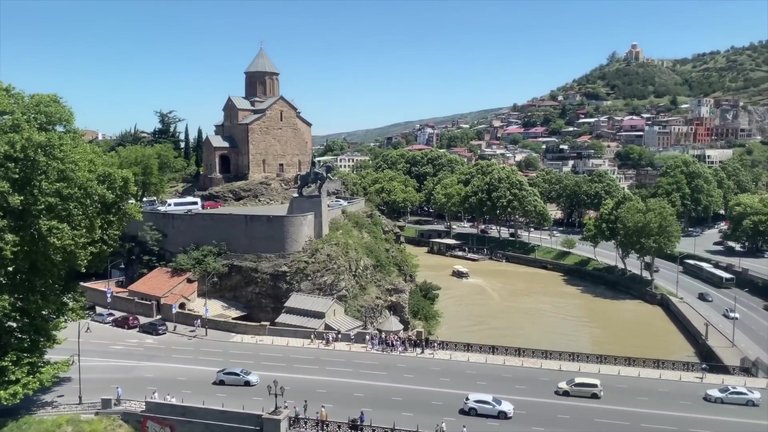
While it’s possible to hike up instead of taking the cable car, it can be quite exhausting. If you’re looking for some exercise and want to burn off some calories after a meal, it’s an option. At the top, there are benches, cafes and places selling snacks. The views are mesmerizing and it’s a pleasure to relax here with a cup of tea or coffee.









One of the highlights at the top is the statue of Kartlis Deda or Mother of Georgia. In one hand, she holds a sword, symbolizing the country's readiness to defend itself and in the other, a large wine cup, representing Georgian hospitality. It’s hard to get a full frontal view of the statue, but the best way to admire it is from below.



There’s also the Georgian National Botanical Garden nearby, with an entrance fee of just 4 GEL per person (around 1 Euro). The garden is quite large, featuring waterfalls, golf carts and various walking paths. If you plan to explore it fully, I’d recommend dedicating an entire day.

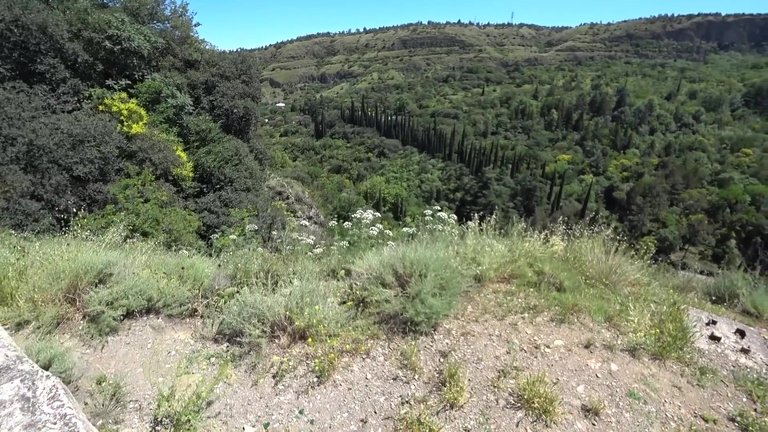
Unfortunately, the fortress was closed when we visited, but it seems like a place worth exploring when it’s open. The nearby churches and mountain views are also quite impressive. If you’re considering heading up, it’s definitely worth the time.



Coming down from the cable car, we found ourselves in a lovely street full of flowers. The descent was just as fast. About three minutes. In my opinion, the cable car in Tbilisi is much better than the one in Batumi, which I mentioned in a previous post. The Batumi ride takes longer and can become a bit dull, plus it’s more expensive. Tbilisi’s cable car tickets are very affordable and valid for a month.
At the base of the cable car, there’s a park with fountains and ice cream vendors. This area is a popular spot for both locals and tourists. The scenery and atmosphere are fantastic and it’s a great place to enjoy the heart of Tbilisi.

From the park we headed toward the famous bridge. We visited this area in the evening, where street musicians often perform. On the Kura River, you can take a boat tour for 30 GEL per person, which includes unlimited wine and tea. The boat ride lasts about 30-40 minutes. If you like, you can indulge in unlimited wine during the ride, though it’s likely homemade and quite strong.

We approached the bridge known as the Bridge of Peace or Mshvidobis Khidi. Crossing the Kura River is effortless and the bridge is beautifully illuminated. There’s a large bear statue, alongside peacocks and a parrot statue. Perfect spots for photos. The river itself is stunning and I think this is one of the most touristic places in Tbilisi, especially in the evenings. Musicians, wine enthusiasts, ice cream lovers and people enjoying the view gather here. Tbilisi looks beautifully lit from the bridge.

The park continues on the other side, which is equally charming. If you decide to explore this area, you’ll find lovely cafes, restaurants and attractions. Coming here in the evening is a must, as everything is beautifully lit. Each street and restaurant has its own unique style, designed to captivate tourists. During a night walk, it’s easy to get overwhelmed by the vibrant atmosphere. One street might have an Amsterdam-themed restaurant, while another boasts a Greek-inspired design filled with flowers and greenery.
Crossing the bridge, we experienced strong winds that day. The strongest we felt in Tbilisi. On other days, there was no wind at all when we visited the bridge. According to the weather forecast, it was supposed to be sunny but windy, so we were a bit unlucky. However, the wind didn’t take away from Tbilisi’s charm, as the city is simply beautiful. The views remained stunning as we continued our walk.

Continuing our journey, we headed to the right, where we discovered more fascinating and beautiful spots. There were places offering drinks, tea and coffee, along with beautifully painted food trucks. These reminded me a bit of Kai Beach in Dubai, where we had enjoyed meals from similar food trucks. However, in Tbilisi’s Old Town, the atmosphere is much more serene. There’s no loud noise and even the music is pleasant and not intrusive. People seem to genuinely enjoy their strolls here.

I noticed many Asian and African tourists, which surprised me as I hadn’t realized Tbilisi was such a popular tourist destination. The longer we stayed, the more tourists we saw arriving every day. Spending time here allowed us to discover new places, making me think that staying a week in Tbilisi is definitely worth it.

As we wandered through the streets of the Old Town, we came across charming cafes adorned with flower-filled pots. Many artists were also displaying and selling their artwork. Walking through this area, you could simply admire the paintings, take photos or buy a piece as a souvenir to take home. The atmosphere was delightful.

In my opinion this part of the Old Town is the most enchanting. There’s even a Puppet Theatre, which is still active. You can attend a show here or catch a street performance at 1 pm or 7 pm. Another highlight is the world's smallest clock tower, placed here in the 16th century. Believe me, there are so many photo opportunities, which is why this area is a magnet for tourists.


Although there’s no sea here, the city remains highly popular among international visitors. In fact, I felt there were more tourists here than in Batumi. While Batumi attracts people for its beaches, Tbilisi appeals to those who love history. If you’re a fan of history, this city will undoubtedly suit you.

We decided to move towards the more central parts of the city since we had spent a lot of time around the Kura River and the Old Town. Tbilisi’s greenery and parks are a major plus and the contrast between the old houses and the new central areas is stunning.

The architecture of the buildings in the city center is particularly striking. Some of them reminded me of Paris. We reached Freedom Square, where there’s a fountain at the center and everything around it looks lovely. To me, the area resembles a train station. Somewhat like Amsterdam’s central station. But the building architecture is undeniably beautiful.



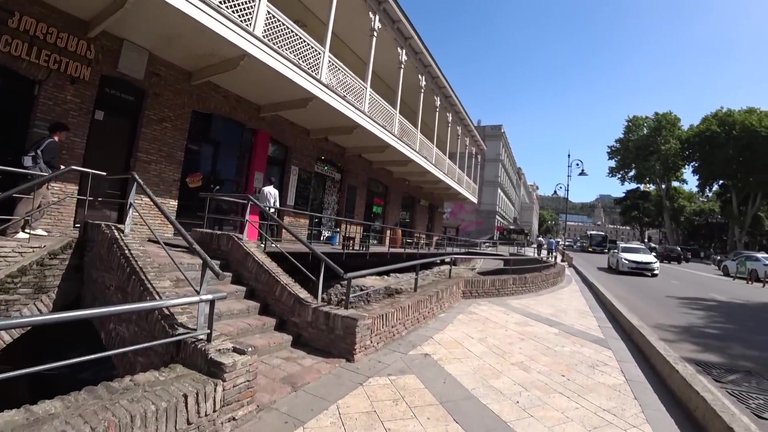
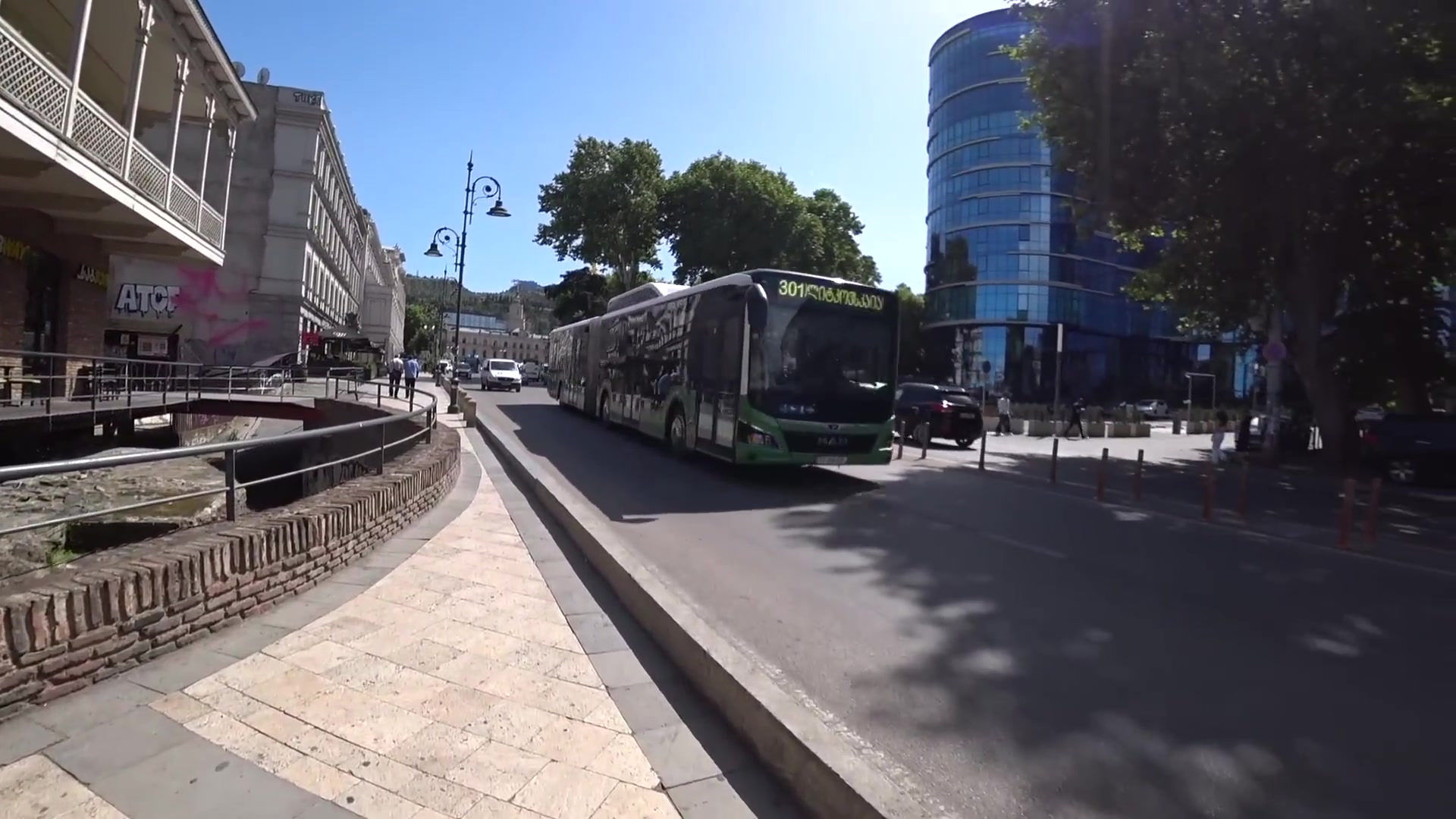
We walked a bit along the main street, Shota Rustaveli Avenue, which is the city’s most central and lively thoroughfare. It felt like Tbilisi’s version of the Champs-Élysées, lined with numerous cafes, restaurants and street musicians. This area is always bustling and Tbilisi continued to amaze me more each day.
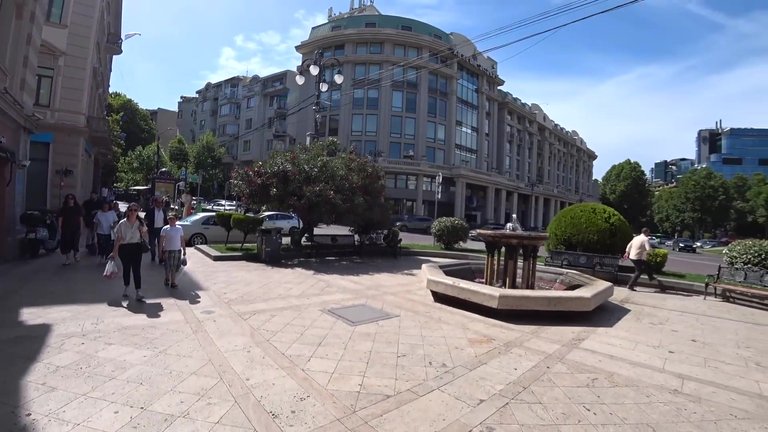

When hunger struck, we went to a restaurant called Van Gogh. For starters, we had avocado potato waffles, salmon cakes and shrimp salad. For the main course, we tried beef cheek and mini khinkali with meat and cheese fillings. We also enjoyed truffle mushroom tartlets. Accompanying the meal were a Winter cocktail and some wine.

Everything from the dishes to the presentation was exquisite. The mini khinkali, in particular, were unlike anything we’d seen elsewhere. This meal served as both our lunch and dinner. The total cost was 55 euros, which I found reasonable for the quality and variety we enjoyed.



Those are some of my favorite memories from my time in Tbilisi. Thanks for reading. See you soon.


